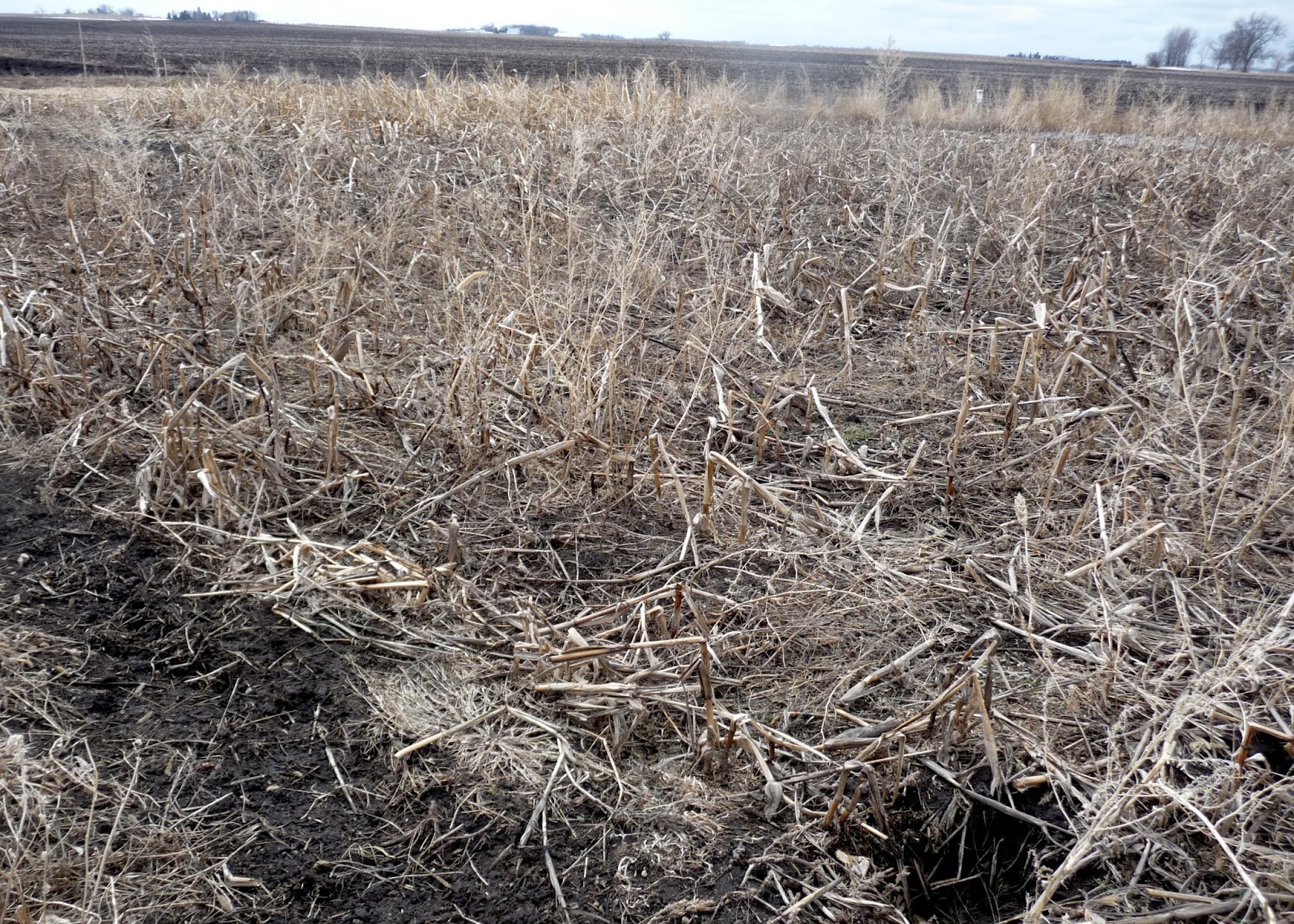Wednesday the first seeds were started for the season, the ball is just going to be rolling faster and faster from here! On top of that welcome mark of spring, yesterday I went to town without my jacket and even needed to crack the sunroof for a little bit! We are enjoying the melting and bits of green popping up here and there (I'm waiting for my trusty chives).
Soooo, let's take a look at our seed starting setup...
 |
| Seed starting station (at it's cleanest). |
The modest seed starting station. This is where I mix my soil, plant seeds and up-pot transplants in springtime. I've got great light, John installed for me, all my supplies and my handy-dandy clipboard for record-keeping, as well as some tunes.
 |
| Seed starting station. |
A big project this winter was finishing cleaning up the basement, from items that were there when we moved in, and reorganizing it in a way that worked better for us. The seed starting station really dominates this whole corner now. Those nifty file cabinets, that came with the house, provide great storage! That's a pile of potting soil!
 |
| Sifting potting soil and compost. |
I use Soil Essentials Potting Soil, and peat moss, for my seed starting medium (add in a dash of lime to balance pH). I recommend this brand, as it's approved for organic use--you can pick it up at The Mustard Seed in Chaska, they also have compost and other products. Skip the organic Miracle Grow, who still supports chemical use, and support this sustainable company from Cold Spring, MN.
Anywho, so the soil and peat moss must be sifted, so no large chunks interfere with the seed germination; also, to ensure that the soil will "block" nicely in my blocking tools.
Here's a photo of our 2" blocker, showing the two different dibble that it can use. The white ones we'll use for starting large seeds in the 2" blocks (cucumbers, squash). The block ones are a 3/4" block, we'll use those to "pot-on" the smaller blocks.
For the soil blocking our seedlings the soil is premoistened, which makes for a welcome environment for seeds and forms good blocks. We start most of our seeds this way, as it creates a healthy root system, and can pack more soil in a smaller space, with the benefit of not using excess plastic pots that go in the garbage over time.
Here I'm ready to block with my damp soil, seed tray and dome, blockers, rinse water and organic buffalo compost. Celery doesn't like to be buried deep, so I'll sprinkle a light layer of compost over the 3/4" blocks.
Celery makes the seed starting debut!
 |
| 3/4" soil blocks |
It seems a little anti-climactic, but TADA! Celery! That's 40 tiny 3/4" blocks, which will be transplanted on to 2" blocks as the seedlings grown. This tray is covered with a dome, sitting on some very light heat, until germination, when the lights will be turned on for them.
Around the farm the chickens and pigs are welcoming the warming of spring. The pigs were basking in the sun yesterday and the chickens have been able to roam all day, each day now.
The snow melt uncovered the garlic bed. The solar heat and mulch did the trick.
 |
| Garlic bed. |
I was happy to see our red clover cover crop peeking out from under the snow. We hope you are enjoying all the signs of spring! I'm sure you have heard all the geese flying around and I have even heard tell of a robin sighting!
 |
| Red clover. |












































